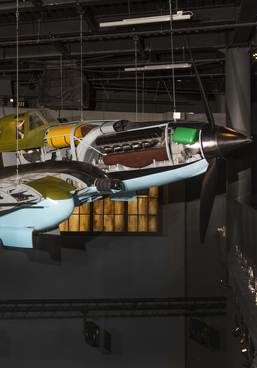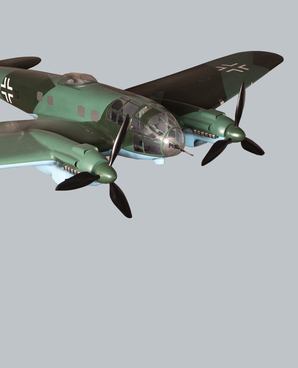The Stockmine 43 is a fragmentation anti-personnel tripwire-activated mine. It was adopted by the Wehrmacht in 1943. The mine has a concrete body with a head in the form of a truncated cone. Small fragments of metal were placed inside it.
Inside the body, along the longitudinal axis, there was a channel circular in cross-section. The ZZ42 fuse was placed inside this channel on the top, later — the S-Minenzünder 44 pressure fuse. In the upper and middle parts of the body, an explosive charge was arranged — a Bohrpatrone 28 TNT charge weighing 112 grams; the lower part of the channel was used for the attachment of a support peg.
A wire or any cord was used as a target sensor, which was tied with one end to the fuse pin, and with the other to any suitable object within a radius of up to five meters. The Stockmine 43 was designed to erect obstacles and disable enemy personnel. Such mines have no expiration date.
This mine was developed in the early 1940s, when Germany faced an acute shortage of metals. It was forced to produce concrete mine shells. High-explosive bombs, also with concrete shells, were introduced at the same time.
According to the German nomenclature, this mine was classified as an auxiliary weapon and was used as a replacement for the main anti-personnel mine of the Wehrmacht SMi-35. Its main advantages included the availability and cheapness of raw materials, as well as the use of a minimum number of metal parts, which made it difficult to detect such mines.
The idea of making ammunition from non-standard materials arose during the First World War. Initially, such products were intended for training, as the use of combat material was uneconomical and unsafe.
The first combat concrete bombs appeared in the 1920s in military aviation. In the USSR, at the beginning of the Great Patriotic War, concrete mines were produced at a number of Soviet cement plants and were actively used during the Battle of the Caucasus.




